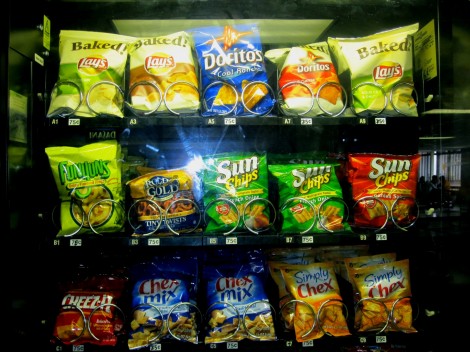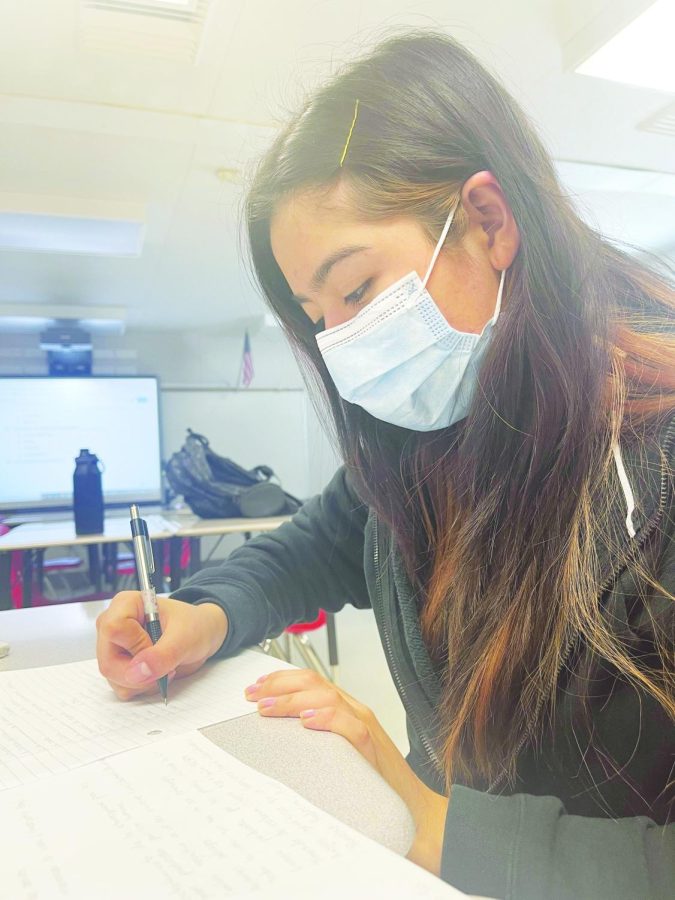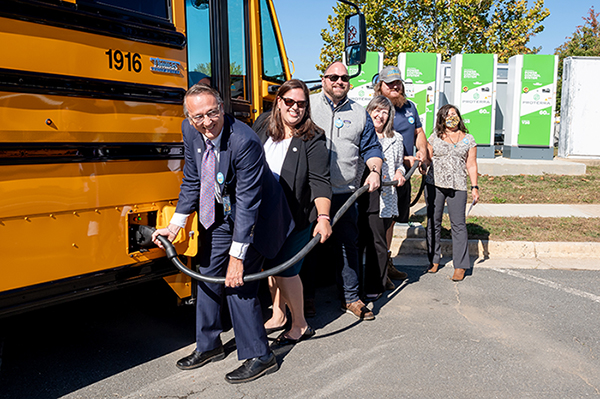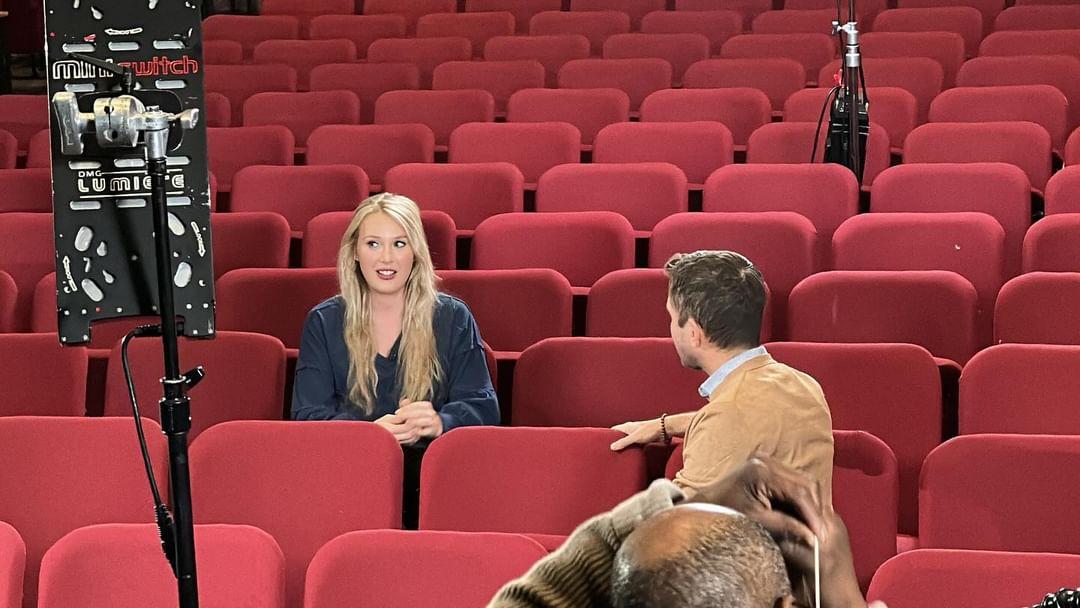
The beginning of the school year is renowned for its seemingly-endless cash flow; with a $73 yearbook, $62 senior dues, $200 parking pass and countless dues for clubs, it triggers the question; where is all your money going?
“I think the money directly goes to our school, or the county,” junior Jasmine Pringle said.
Pringle isn’t far from the truth; in reality, where the money goes depends on where it is collected from. It is often split by a specific percentage that is set by the county or school board.
For example, only 15 percent of the $200 student parking passes is back to the school. That means only $30 of what one pays directly benefits the school.
The 15 percent of each parking pass is deposited into one of the Local School Activity Funds (LSAF) accounts, which are used at the principal’s discretion, to purchase things to promote student and faculty safety, such as cones and parking signs.
The remaining 85 percent goes to the county school board, which then allocates funds into many different programs.
“They have tons of documents that verify where their funds go,” financial technician Cheryl Kraus said.
Of the $5 that students pay to attend football games, only 50 percent goes to the school.
“It’s revenue sharing,” Director of Student Services Karl Kerns said. “Just for varsity football.”
The money you pay at concession stands at football games goes to the band boosters, while the money you pay at the concession stand in the jock lobby goes towards the athletic boosters account, which help pay for field maintenance; including the mowers and tractors, which can cost up to $50,000.
As for The Antenna Yearbook, the price has risen dramatically; the initial price at the beginning of the 2011-2012 school was only $45, but this year the price for yearbooks has risen to $65.
“Last year we didn’t sell as many books as we needed to,” senior co-editor in chief Elizabeth Waugh said. “So this year we needed to order a fewer number of books, we have to make them more expensive.”
Since AHS is a public school, many expect school fees to be either insignificant or nonexistent, which isn’t the case- especially in economic times like these.
“One of the drawbacks of public education is that people think public school is free,” administrative assistant Jennifer Sharp said. “But it’s not.”












